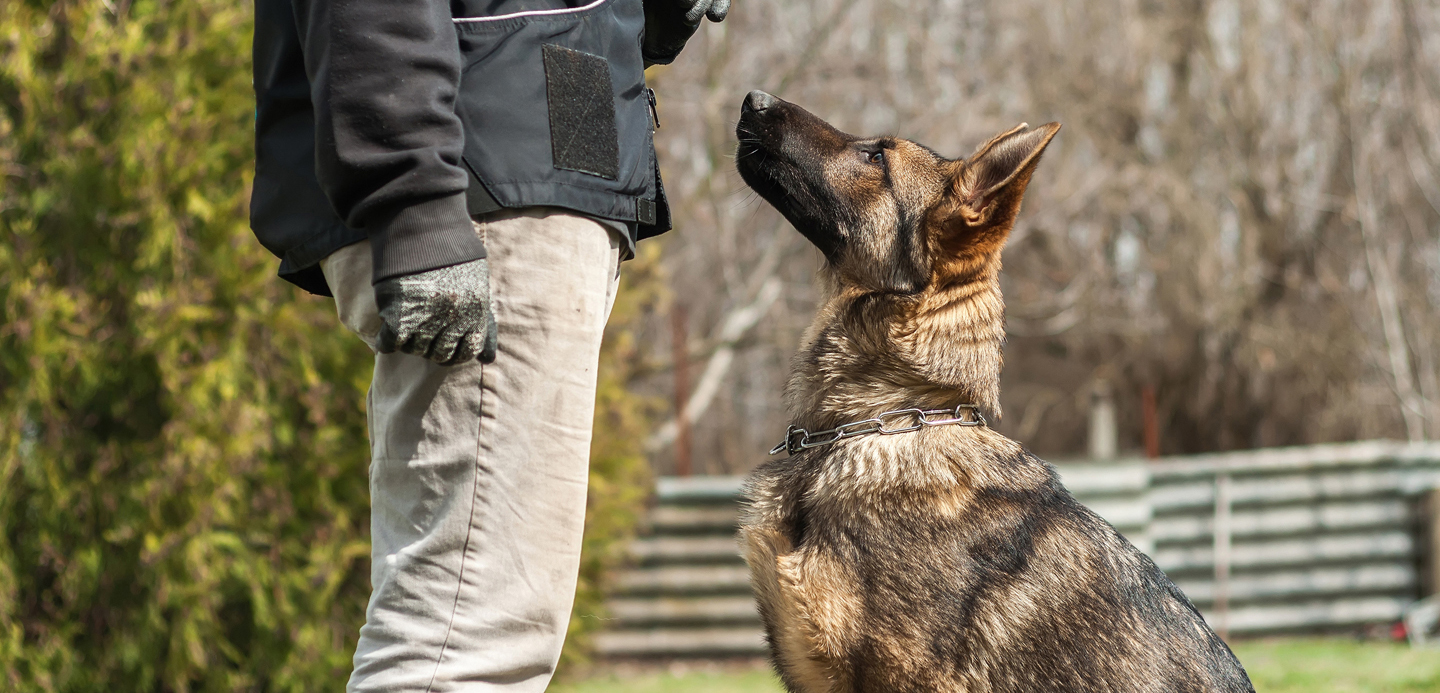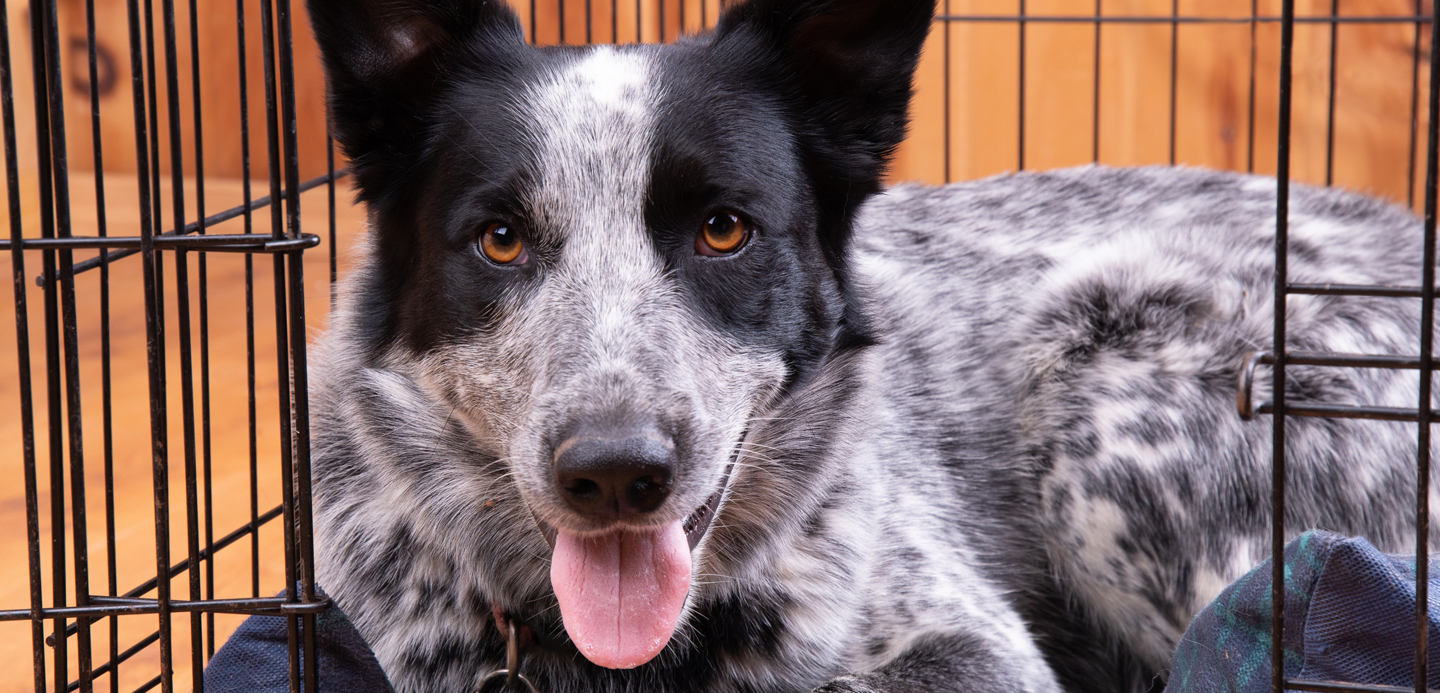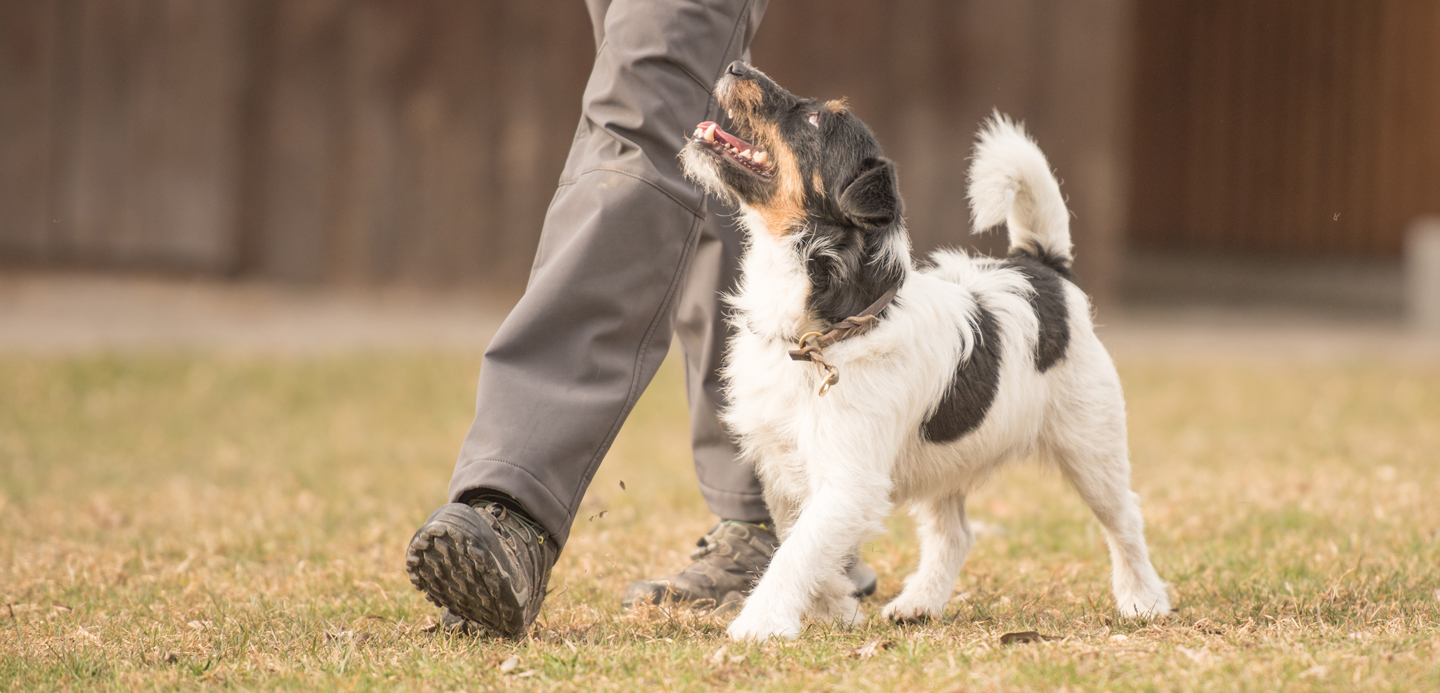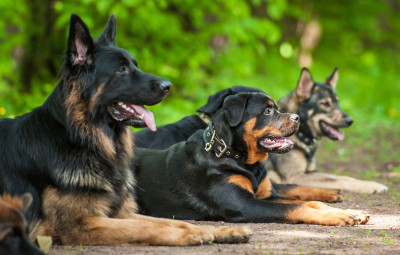How do I get my dog to listen to me?
This is definitely one of the most frequent questions that people ask me. Based on my extensive 35 years of training all sorts of dogs, there are four main reasons why they won’t listen to you: fear, confusion, distraction and choice. A solid grasp of these explanations will make your life as a dog owner that much easier.
1. Getting a grip on fear
Fear in your canine friend is something that you should not try to correct. Imagine you are walking him on the sidewalk when a noisy car passes by and scares him. As a result, he will want to run away and not listen to you at that time. Instead of reprimanding your pet, you need to reassure him until he gradually realizes that passing cars pose no threat to him as long as you are by his side.
Another example is dogs who are scared about walking over a manhole. Such dogs do not respond to tugs on the leash because they are genuinely afraid—and not because they are belligerent. As a dog owner, you need to step back at times and see the big picture with respect to your animal’s seemingly odd behavior. Be patient with your dog and remember that practice makes perfect when it comes to overcoming fear.
2. State of confusion
Confusion is another reason why your dog may not be listening to you. In this instance, the need for correction lies with the pet owner and not with the animal. You and all family members must be consistent when using commands to communicate with your pet. Make sure everyone issues the same command (e.g. “SIT” and not “SIT DOWN” or “SIT HERE”). Similarly, if the command is meant to be “COME”, don’t use “COME HERE.”
Over the years, your dog will eventually recognize your tone of voice, your demeanor and will know exactly what you expect of him when you give a command. It cannot be overstated: dogs thrive on repetition and consistency. So make sure that you aren’t sending mixed messages to your canine buddy.
Once your dog has successfully mastered the basic commands, you can sometimes have a little fun with it. I like to do a simple exercise called “CINEMA”: I add a word or two to the usual command and, most of the time, the dog is still able to recognize the command. This is a real testament to their adaptability. It will also impress your friends who will believe that you are having a full conversation with your dog!
3. Easily distracted
Distraction is often why your dog simply doesn’t want to do what we ask. There is no shortage of things that can distract your dog: birds, cats, squirrels, cars and, of course, other dogs! If you truly want to know how to make your dog listen to you, make sure that she is actually listening to you when you ask. One good way is to use her name before any command, especially puppies. This is a simple yet effective method of resetting their attention, while preparing them to respond appropriately to your commands. In other words, the very act of hearing their name puts them in a more receptive frame of mind because they know that there is always something that they will need to do or something they will get after hearing it. Positive reinforcement, whether in the form of a friendly tone of voice or an occasional doggy treat, is a great way to ensure you have a focused and obedient animal. Figuring out what truly motivates your pet will make dog training a much more enjoyable process.
4. A matter of choice
Finally, the most important reason your dog isn’t listening to you: choice. This behavior must be corrected if your dog does not respond properly. Remember: “Your dog must follow what you ask when asked.” Do not let your animal enjoy freedom of choice; otherwise, you will be fighting an uphill battle for months, if not years. Some more helpful tips to keep in mind:
- Never lose sight of the fact that being the pack leader means you are in control.
- Your dog will only listen to you if you show him that you are in control.
- Getting your command to be obeyed is one of the most important parts of being the leader in the eyes of your dog.
Mastering basic and advanced commands

Understanding the basic commands like “Sit”, “Stay”, “Down” and “Come” is foundational. However, advancing to more complex commands can further demonstrate your leadership and control, essential aspects of the Wolf Methodology. This could include commands like “Heel” or “Fetch” and sign commands, which require a higher level of obedience and focus from your dog.
Establishing your role as the pack leader

Establishing yourself as the pack leader is crucial. This doesn’t mean being dominant in a negative way, but showing leadership qualities that your dog will naturally follow. As is the case with a wolf pack, the alpha wolf is the leader—not because of his strength but because of his intuition. The other wolves trust the alpha wolf to lead them and protect them. The same goes with your dog: He will let you be the pack leader because he not only loves you, but also trusts you. Once you have established your leadership without any physical violence, your dog will follow you and protect you forever. Consistent behavior from you will lead to consistent behavior from your dog. Your family is his pack, and he should know his place in it, ensuring a harmonious existence for everyone involved.
High-value treats and positive reinforcement
Using high-value treats can be a game-changer in training. These are treats that your dog doesn’t get regularly and is willing to work for. Positive reinforcement, especially when combined with the right kind of treat, can make the training process much smoother. But note that the treat alone is not enough. Eventually you need to be able to get your dog to do the same even with an empty hand.
Setting boundaries and expectations
Setting boundaries is another crucial aspect. This involves creating physical and behavioral limits for your dog, teaching them where they can go and what they can do. This is particularly important in multi-pet households or when you have guests over. Limiting his freedom by using a crate, for example, is a perfect non-violent method to teach your dog and correct unwanted behavior. “A crate is not a jail” is a quick explanation of this technique.
How do you discipline a dog that won’t listen?

I would like to point out that when I talk about correction, I am not referring to a physical correction. For instance, if you ask your dog to stop barking and after a few verbal commands she refuses, simply put her in her crate—a highly effective non-violent correction method. Of course, she will keep barking in the crate, but just let her be. At this point there is no need to say any more commands—let the crate do the work instead. After she calms down you can re-open the crate without saying anything. If you are consistent in using crate training with your dog, you won’t have to resort to it very often because most dogs are quick learners. Remember that your dog prefers to be with you. Limiting their freedom is a good punishment and, what’s more, that freedom needs to be earned.
How do I tell my dog no or enough?
Along these same lines, the use of action-reaction is a fundamental strategy in dog training. This means that any action your dog does that gets him a positive reaction from you will be repeated. Conversely, any action that has a negative consequence, such as removing his freedom, will eventually be avoided. Once you learn how to tell your dog no, your animal will be much more open to you taking the lead—both figuratively and literally!
What’s more, you want to keep the NO as an absolute non-negotiable command. The NO should be used to stop your pet from jumping on the sofa or from doing something that poses a danger to her. As a result, she will be very careful when she hears you say that word knowing that she is not supposed to. The NO is for something that you never want her to do. Use “Enough” for things that are okay to do but that you now want her to stop doing. A perfect example of this is barking: You can teach your dog when not to bark, but you cannot ask her to never do it as it is simply part of a dog’s nature. Therefore, the “Enough” will teach her that you just don’t want her to do this now.
How do I know when my dog understands the command that I am teaching? Answer: When you can get your dog to do the same trick three times in a row. This means he fully knows what that command is. To get your dog to listen to you takes considerable patience and repetition. Don’t lose hope if things aren’t improving as fast as you would have hoped. Like children, dogs learn at their own pace!
When your dog understands the command, try not to repeat it. I say “try” because people naturally assume their dog did not hear them. However, she most definitely heard you if you used her name first. Use HEY instead. You can keep on saying it because it is not a command. Meanwhile, your dog will hear that as you are getting frustrated and will eventually do the command quicker. Positive reinforcement as soon as the command is done is just as important.
Remember that your dog lives to please you. Be the pack leader and have them trust you and listen to you simply because they love you—and not because they may otherwise receive a physical correction. It will take a bit more time and effort to teach them to listen properly in all situations, but you will reap the rewards of a lifelong loyal friend!
Forming a deeper bond through nonviolent communication

Wolf Methodology emphasizes nonviolent communication, which is also a cornerstone of my training program. By understanding your dog’s cues and responding appropriately, you can form a deeper, more meaningful bond with your pet. This not only improves behavior, but also makes for a happier, more stress-free life for your dog.

